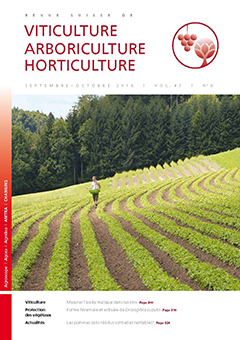
Issue 5 - September - October 2015
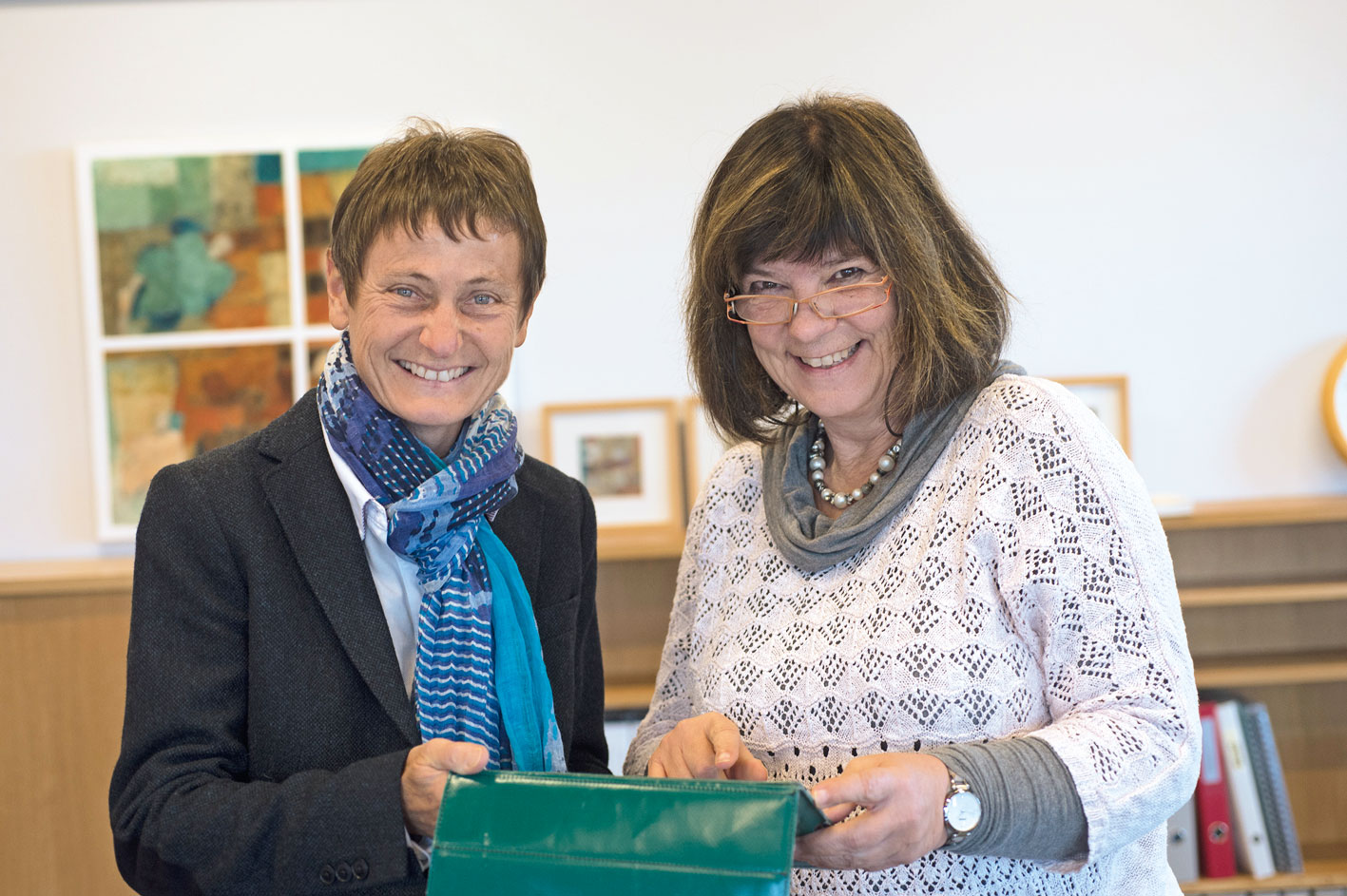
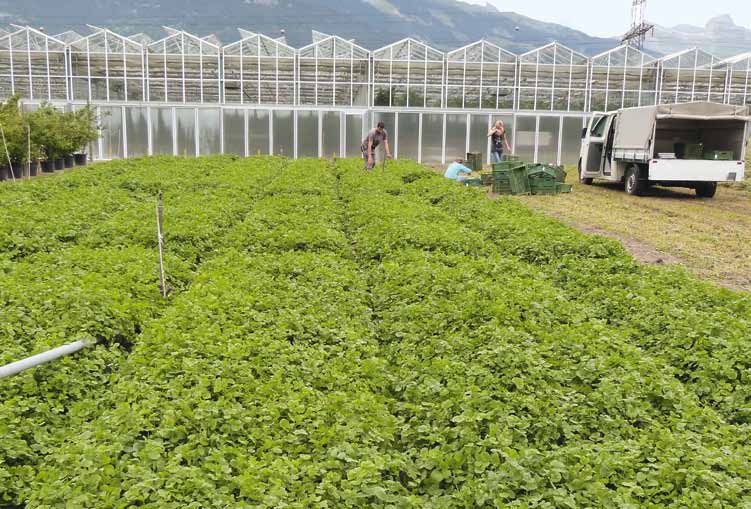
Abstract in open access
Pimpinella peregrina L. is a biennial herb belonging to the Apiaceae family cultivated in Switzerland for its roots. In 2014, a seeding density trial was set up at Agroscope in Conthey (VS) to monitor the biomass formation in roots and to define the optimum harvest window for yield, quality and of water loss on drying. The root yield was significantly influenced by seeding rate up to 12 g/are. Higher densities did not increase the yield. The root production grew steadily until the end of September and was then stabilized, while the average weight of roots and collar diameters increased throughout the season. The essential oil content, ranging between 0.10 and 0.16 %, remained low and relatively stable, with no apparent relation to the seeding density. However, this content declined after October 15th. The analysis of the soluble solids content (°Brix), also retained as a quality criterion, showed that larger roots contain more. The weight loss on drying (21 to 22 % of dry matter) also remained constant throughout the experiment. Under the conditions of the Swiss hill level, current practical recommendations of seeding to a density greater than 12 g/are (faculty of germination > 80 %) and of an optimal harvesting period at the first half of October are still valid.
Keywords: burnet, Apiaceae, yield, sowing density, essential Oil, °Brix
E-Mail: claude-alain.carron@agroscope.admin.ch
Adress: Agroscope, 1964 Conthey
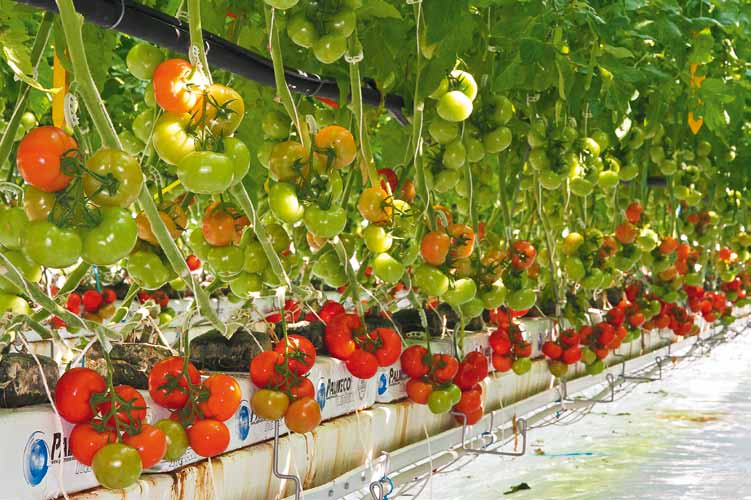
Abstract in open access
The texture of fruit is a quality criterion largely untapped in the supply chain despite its importance from the point of view of sensory description by consumers. The elasticity, a component of the texture, is also relevant in determining the ability of a product to support a postharvest itinerary that includes handling by operators, transport and various durations of exposure on stalls trade and at home among consumers. Measuring the elasticity of a fruit is invasive and sometimes destructive. In this study, prediction models using measurement by near infrared spectroscopy have been initiated to assess the possibility of this measure without affecting the physical and chemical properties of the fruit. Established models are promising with R2 values between 0.75 and 0.88, a relative prediction error lower than or equal to 11 %. Two out of three models have been statistically validated (ISO 12099) on the basis of the assessment of bias, slope and SEP-values.
Keywords: texture, FT-NIR, PLS, elasticity, tomato, shelf-life
E-Mail: cedric.camps@agrocope.admin.ch
Adress: Agroscope, 1964 Conthey
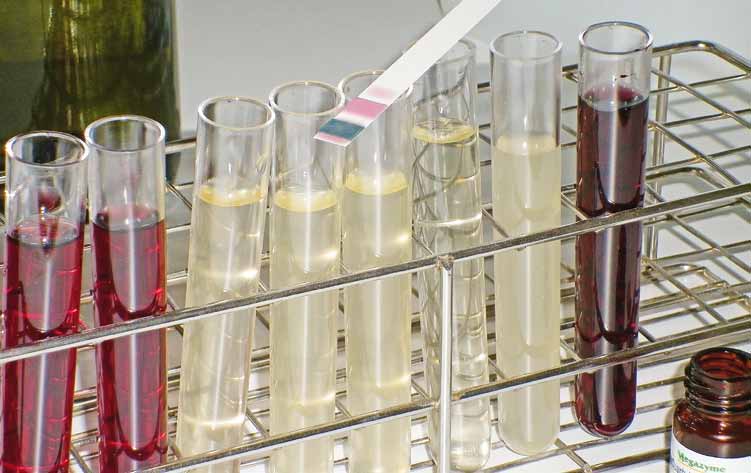
Abstract in open access
Three cheap, user-friendly and practice-oriented devices were tested and compared to one Agroscope reference method for the determination of malic acid during grape ripening and during malolactic fermentation in the cellar. With a minimum of training, experimental rigor and manual handling, these devices, for their ease of use and their analytical reliability, provide results that correspond to the accuracy that can be expected during classical vitivinicultural use, especially in western Switzerland where you are unlikely to find more than 10 g/l of malic acid at harvest.
Keywords: malic acid, analysis, field-devices, comparison, practice, accuracy, reliability
E-Mail:
Adress: Agora
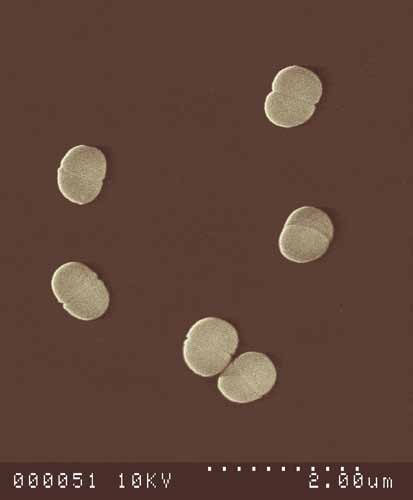
Abstract in open access
The amount of total SO2 needed to stabilize a wine can be reduced if the concentrations of carbonyl compounds that bind to SO2 are diminished. It is well known that malolactic fermentation (MLF) can decrease the SO2 requirement of wines. The aim of this work was to study the kinetics of the metabolism of malic acid and carbonyl compounds by several strains of commercial wine lactic acid bacteria. Twelve Oenococcus oeni strains were studied during and after MLF of a Riesling wine. The carbonyl degradation rates differed among strains, but their ability to degrade carbonyls was similar. That is, none of the strains was able to degrade galacturonic acid while α-ketoglutaric acid was degraded partially by all bacteria (48 % 3 weeks after MLF). Acetaldehyde and pyruvic acid were degraded to a large extent (87 and 85 % 3 weeks after MLF), but their degradation was delayed with regards to the malic acid utilisation. If a substantial reduction of carbonyl compounds is desired, wines should not be stabilised until 7 to 10 days after the depletion of malic acid. Such an approach may reduce the bound SO2 levels by 75 %.
Keywords: malolactic fermentation, carbonyl compounds, SO2, lactic acid bacteria
E-Mail: ramon.mira@changins.ch
Adress: School of Engineering at Changins
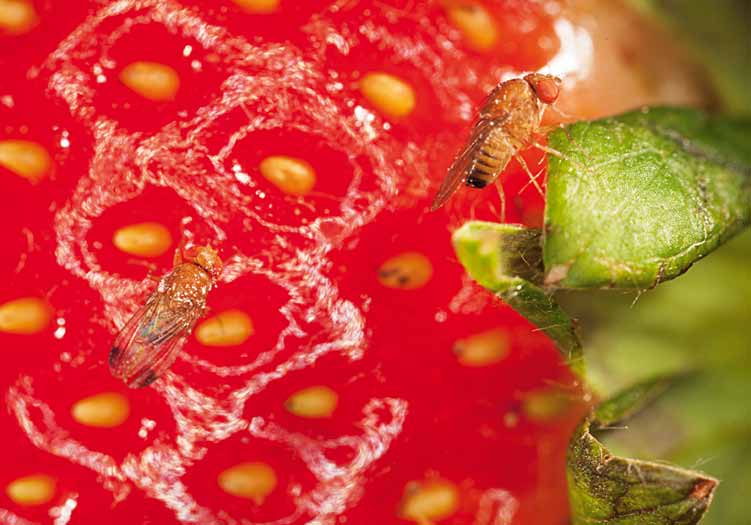
Abstract in open access
For Swiss fruit growers the invasion of the spotted winged drosophila (Drosophila suzukii) is a matter of major concern. Unlike females, males possess a black spot at the end of both wings. Beside this sexual dimorphism, observations in the US indicate the presence of two distinct phenotypes. Agroscope verified if such a differentiation is also detectable in Switzerland and how it manifests over the year. On the basis of samples collected in Gland (VD), it was possible to establish that D. suzukii adults of the winter phenotype are larger and have a darker thorax and darker tergites than individuals of the summer phenotype. First adults of the winter phenotype appear from August on and dominate the overwintering population. Adults of the summer phenotype prevail in summer, but they can also be captured over the winter. Our observations indicate that D. suzukii starts to reproduce on so far unidentified host fruits already in April and that the winter phenotype continues to propagate in autumn.
Keywords: Drosophila suzukii, morphology, morphotype, identification
E-Mail: patrik.kehrli@agroscope.admin.ch
Adress: Agroscope, 1260 Changins/Nyon
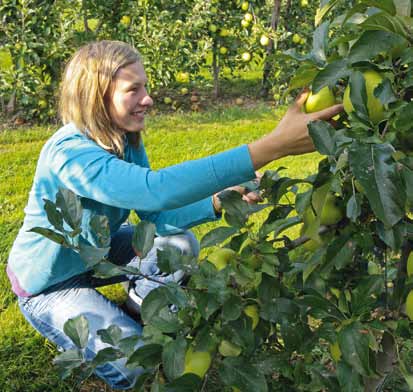

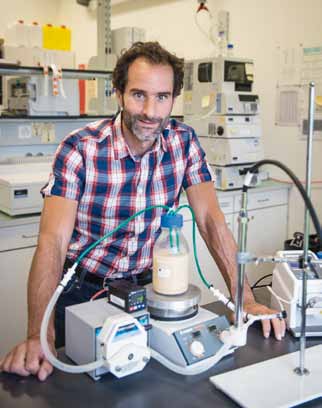


 Download of full issue
Download of full issue
 Download article
Download article